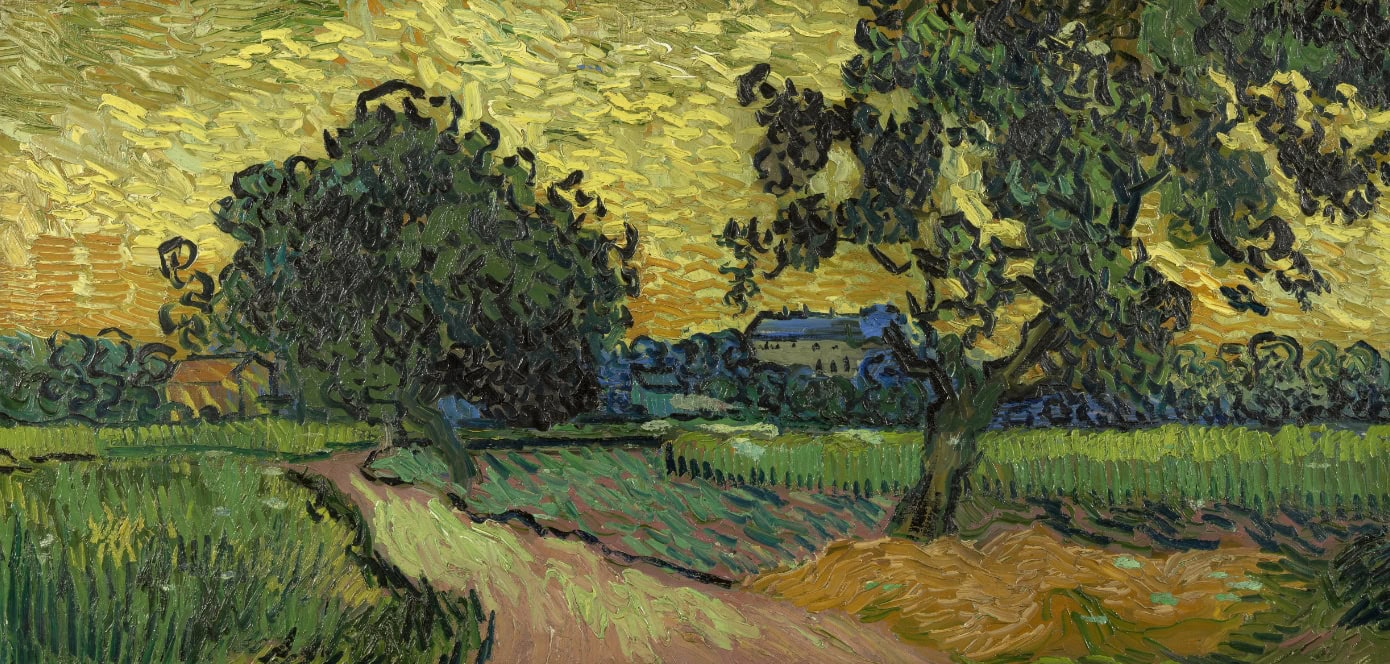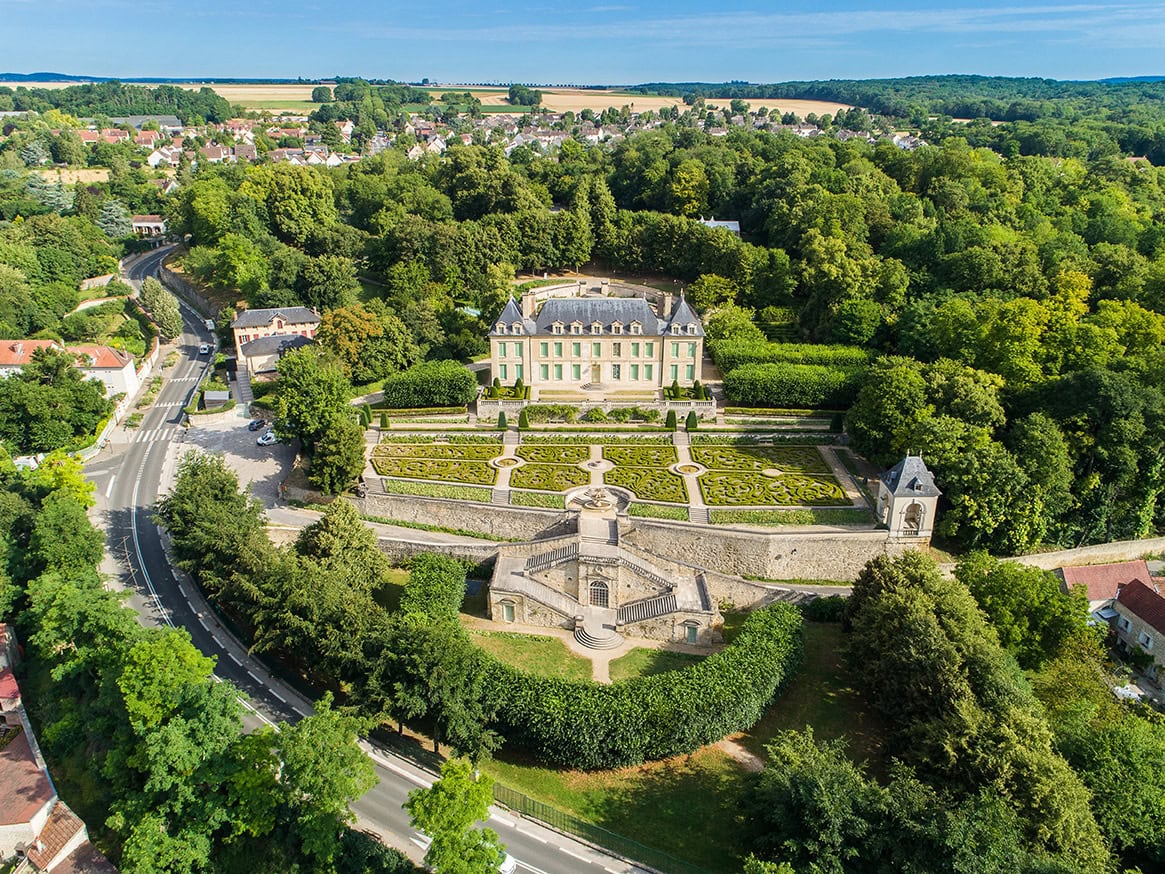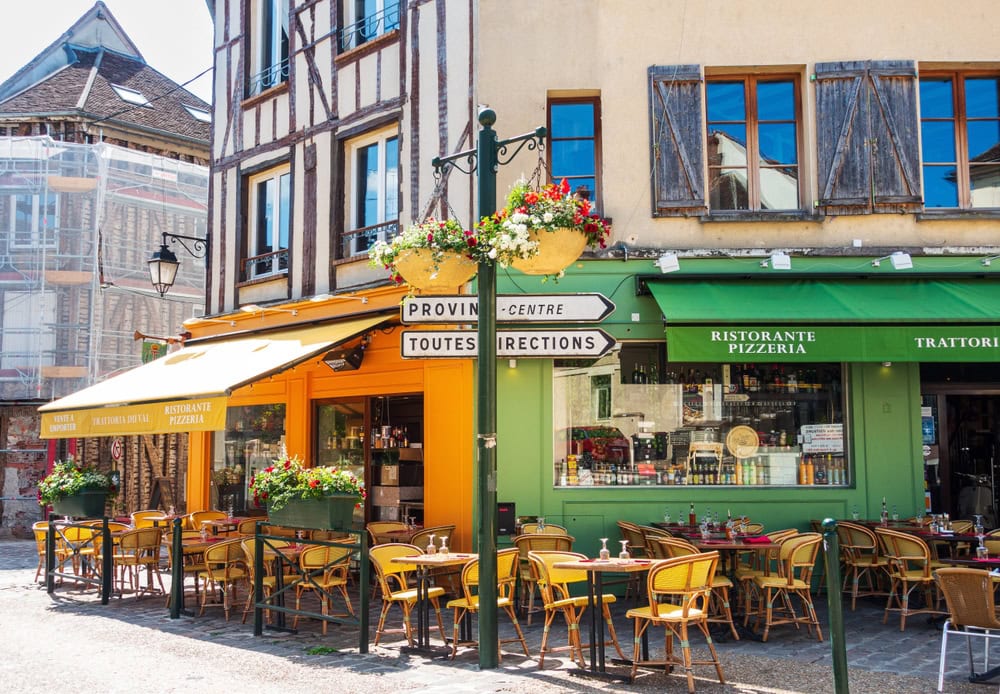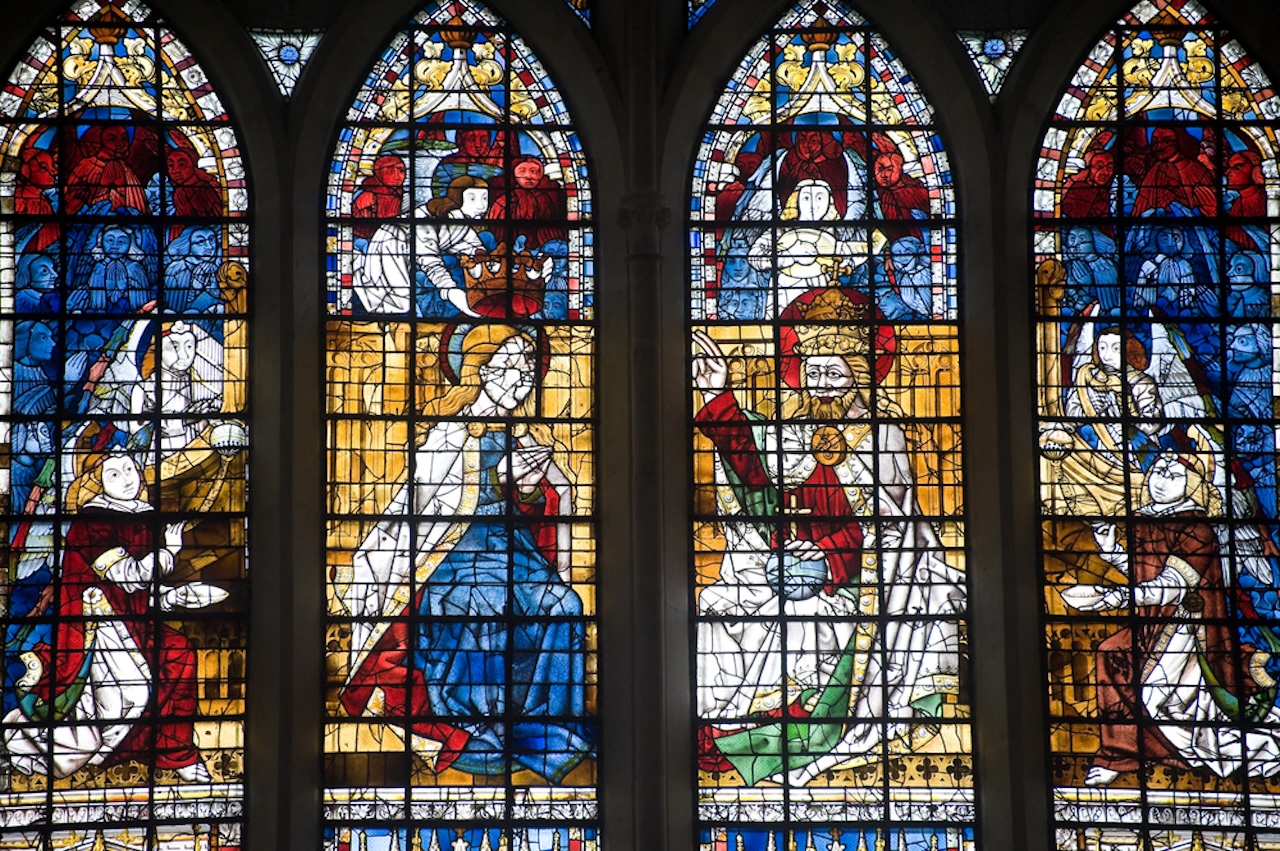
10 April 2025
Toul, where quiet charm unfolds
Toul is not a town to admire — it’s a town to discover- step by step, stone after stone, citadel after chapel.
Cover photo : Shutterstock © Claudio Giovanni Colombo
Once you catch sight of the fortifications of Toul, an irresistible urge takes hold: the desire to step back in time. Here, no crowds, no mass tourism. The city unfolds slowly, on foot, to the rhythm of cobblestones and bell towers. This medieval town, nestled in the heart of the Moselle, exude a raw and tranquil charm, forged by centuries of history.
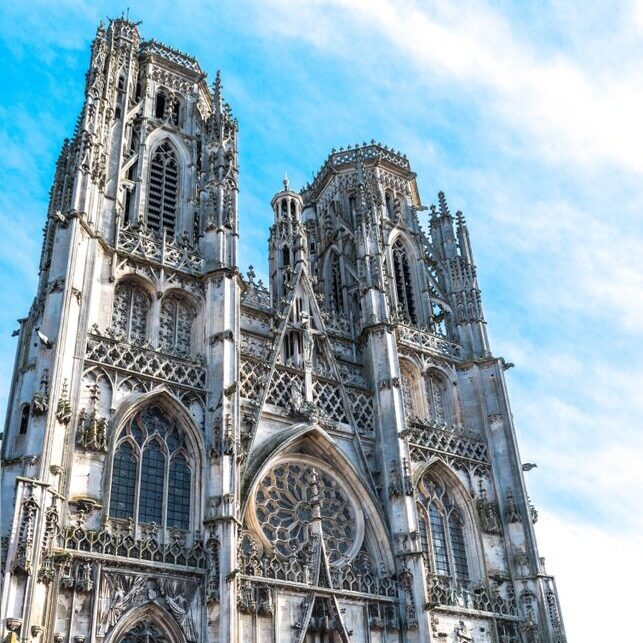
It is a town on a human scale, to be explored with all the senses: your eyes for the architecture, your taste buds for the flavors, and your heart for the memories.
Toul’s Citadel and Ramparts: In the Footsteps of Vauban
Listed as a Historic Monument, the ramparts encircle the city like a vast stone book open to the region’s history. Vauban’s genius left a powerful mark here: star-shaped bastions, camouflaged casemates and and grassy glacis where nature has reclaimed the space. As you walk along the moats or atop the ramparts, you can read in these walls the tensions of the 17th and 18th centuries, when Toul was a strategic stronghold between the Kingdom of France and the Holy Roman Empire.
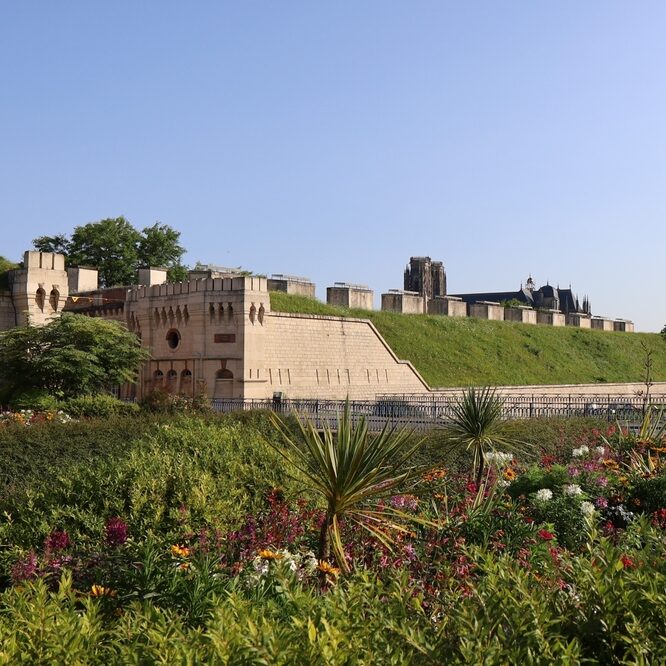
It’s more than just a walk through history — from the bastions, the view over the city is striking: red rooftops, Gothic spires, and rolling green hills. At every turn, you feel the layered complexity of a fortified city that has long stood its ground to preserve its authenticity.
Toul’s medieval center: a slow walk through centuries
Once beyond the city walls, immerse yourself in the old town.
There are no straight avenues or Haussmann-style boulevards here, just a tangle of cobbled lanes, half-timbered houses, shaded squares, and hidden courtyards.
At every corner, the streets seem to whisper memories.
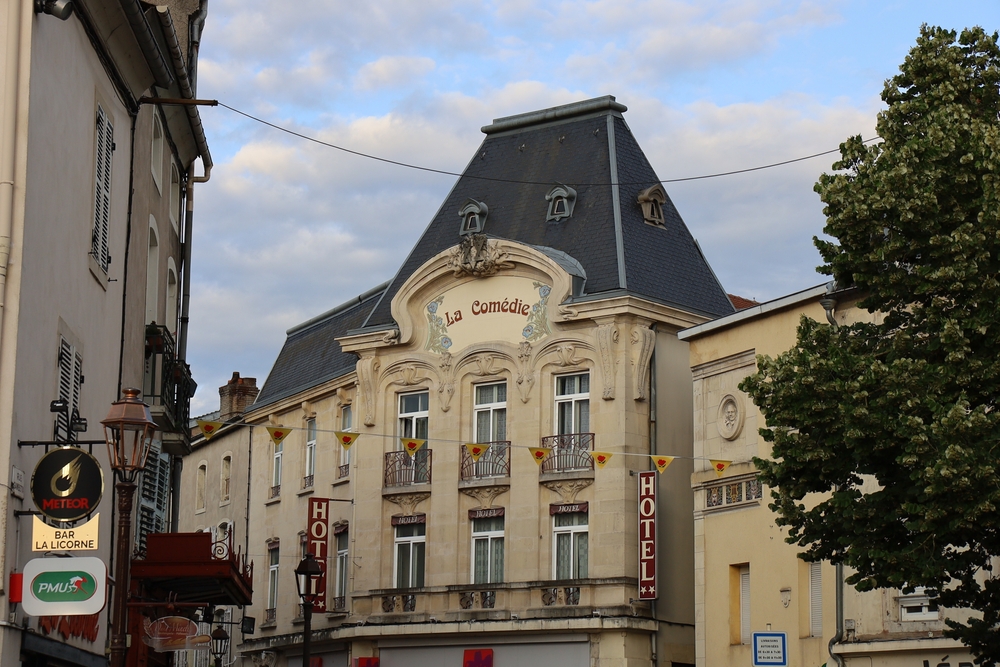
Here, you find the imprint of bishops, medieval craftsmen, canons, soldiers and generations of Toulois ( Toul residents) who shaped the city over the centuries.
Saint-Gengoult Collegiate Church: a hidden elegance
Lesser known, yet just as impressive, the Saint-Gengoult Collegiate Church is well worth a stop. This 13th-century Gothic church is remarkable for its luminous interior, shaped by white-glass windows and open, airy architecture. Its cloister, one of the most elegant in Lorraine, invites quiet reflection. The calm here feels worlds away from the noise outside. You’ll also find stained-glass windows of exceptional finesse, dating from the same period as those in the cathedral together forming a unique ensemble in the region.
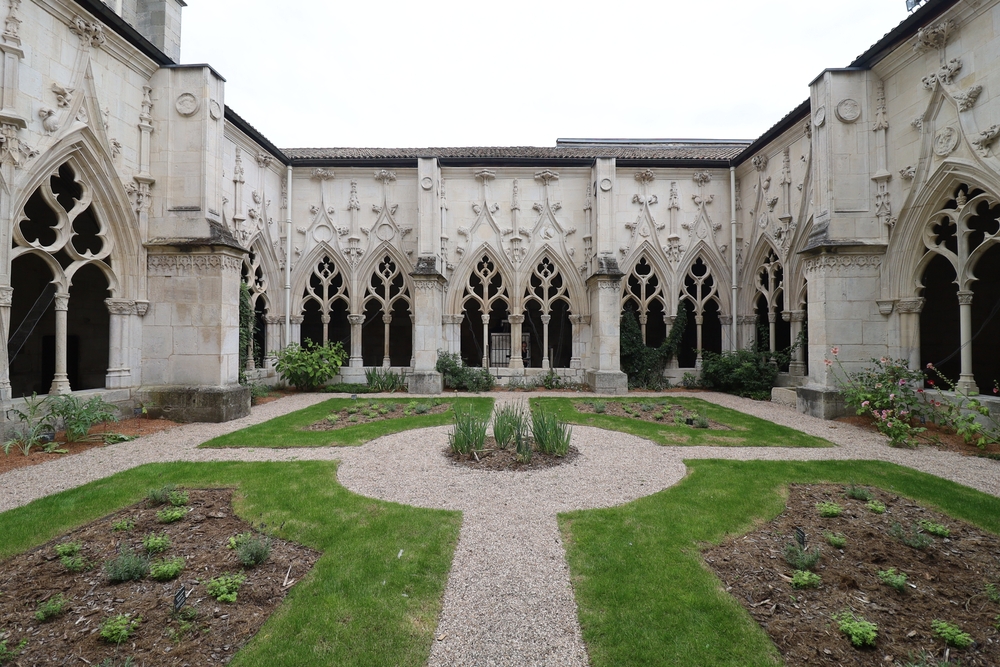
Listed as a Historic Monument since 1862, Saint-Gengoult Church is a distillation of religious history, sacred art, and architectural ingenuity. It gently extends the spiritual journey begun at Toul’s cathedral.
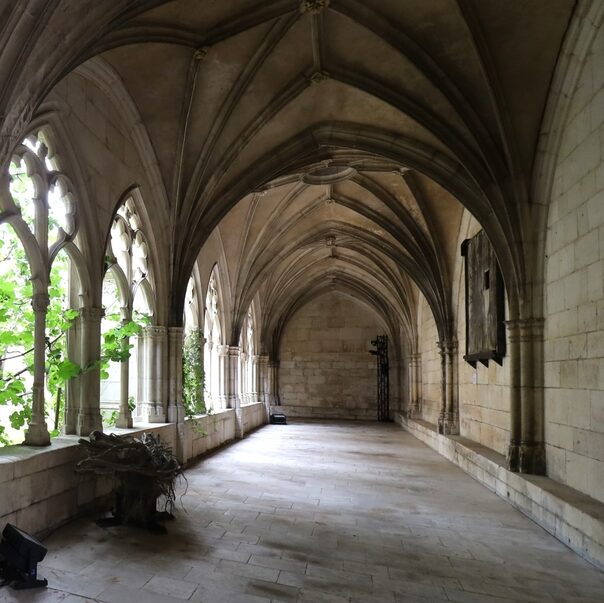
A taste of Toul: between cellar and terroir
After this immersion in the past, it’s time to enjoy the local flavours, because Toul is also wine region. Head to the surrounding hillsides for a tasting in one of the Côtes-de-Toul AOC cellars. The region’s famous ‘gris de Toul’, a subtle and floral rosé, has been produced here for centuries. You’ll also find excellent Pinot Noir and fresh, vibrant Auxerrois wines.
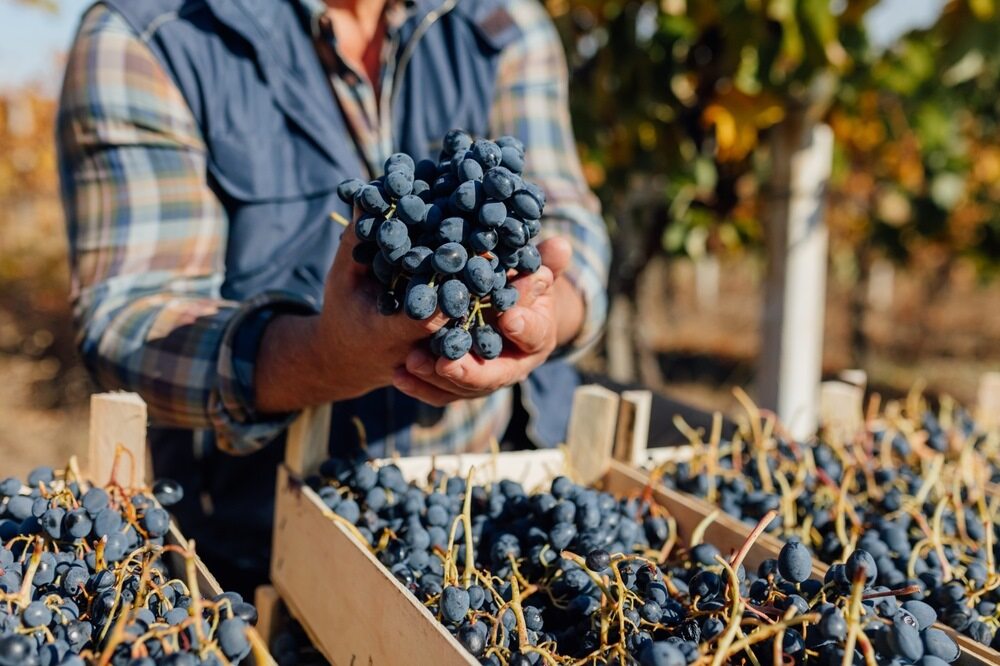
Meet a winegrower, listen to the story of their vines, and discover the unique character of the local terroir. It’s another way to extend your visit through the language of taste, climate, and patience. The wine here is like the city itself: discreet, complex, and true to its roots.
Toul is a promise of a journey back in time, far from the crowds and noise. From the moment the first ramparts come into view, you walk, you breathe, you taste… and begin to understand what it truly means to ‘slow down’. The city may lack the sparkle of a regional capital, but it offers something far rarer: unspoilt authenticity. It’s a place to explore slowly, to observe without hurry, to listen as night falls. So if you’re looking for a getaway off the beaten path, an encounter with our terroir without the staging, subscribe to our newsletter, discover more authentic experiences to offer and plan your next getaway with our loyalty programme.
An article written by Emilie Fallot Nguyen
